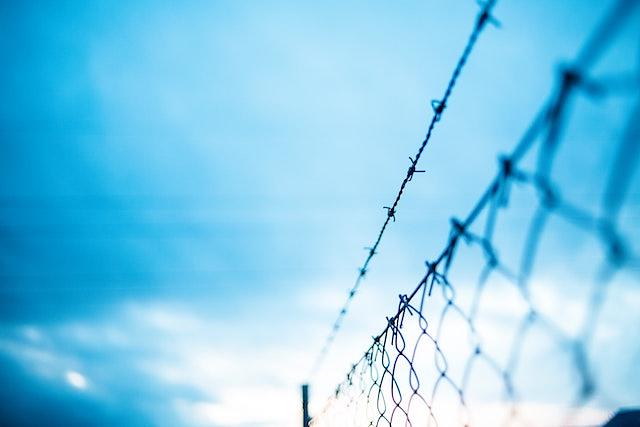-
-
Criminal justice
-
-
-
-
-
Geography
-
Language & Perception
-
3.1 Background » Stereotypes versus prejudices
Everyone holds stereotypes. Stereotypes are a means of categorizing what or who we encounter in our daily lives in order to spare our brains constantly having to treat each entity as an entirely new individual. If we've encountered a few bicycles, bananas or books, we have a pretty good idea of the general properties of the next bicycle, banana or book we find. In other words, our bicycle, banana and book stereotypes. "Stereotype" generally refers to beliefs about groups of people (rather than bananas or books) and thus has very strong connotations related to prejudice and discrimination.
Stereotypes are not necessarily negative or positive. They are category descriptors that reflect our experiences and beliefs. If we have ridden and repaired twenty bicycles, our stereotype of a bicycle is going to be richer and more accurate than if we have seen just four bicycles, and even more so if we've only seen those four bicycles in photographs. Generally, stereotypes are updated based on new experiences, but if we hold strong biases in favor of a particular stereotype, our brains may prevent updating even when confronted with evidence contrary to our held stereotype - a form of confirmation bias that is prone to perpetuating prejudices.
Prejudices are negative attitudes toward the members of a particular group, based on beliefs or perceptions rather than objective experience. Whereas stereotypes can be considered a cognitive tool, prejudices tend to be grounded in emotions. Prejudices lead to discrimination - actions and words directed against members of a particular group - even if unintentional.

